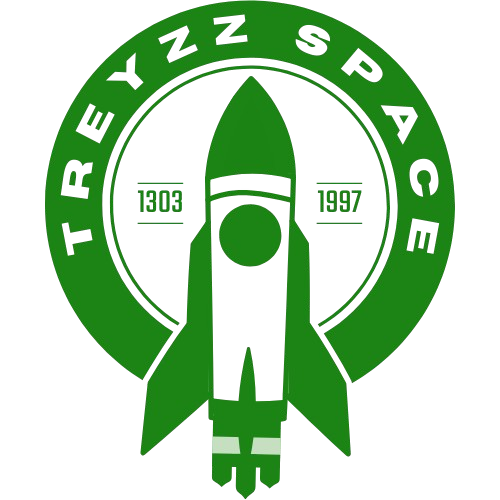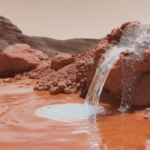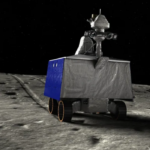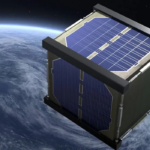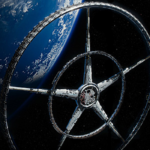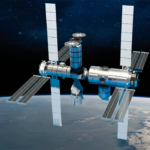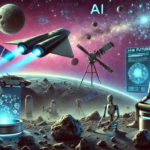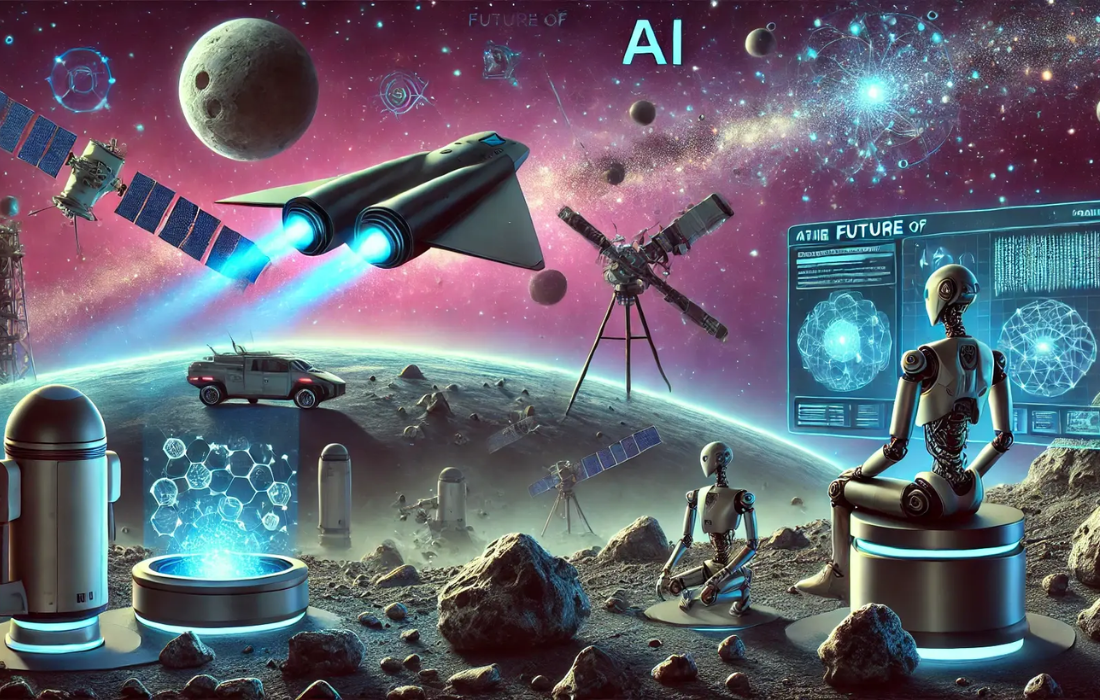NASA’s Orion spacecraft is on the brink of a monumental achievement: its first crewed mission under the Artemis program, set to journey to the Moon and beyond. But before this historic launch, the spacecraft has gone through rigorous tests to ensure its safety and reliability. The spacecraft recently underwent a critical round of tests, including a series of extreme conditions designed to simulate scenarios such as launch aborts, acoustic vibrations, and electromagnetic effects like lightning strikes.
In this blog post, we’ll take you through the journey of the Orion Environmental Test Article (ETA) and the extensive testing it has undergone in preparation for the Artemis II mission.
The Orion Environmental Test Article (ETA): A Critical Step for Artemis II
After its successful performance during the Artemis I mission, where the Orion spacecraft demonstrated its capability to travel 1.4 million miles to the Moon and back, the Orion crew module (now the Orion Environmental Test Article) returned to NASA’s Neil Armstrong Test Facility in Sandusky, Ohio, in January 2024. Here, it began an 11-month test campaign crucial for ensuring the spacecraft is ready for its first crewed mission, Artemis II.
Simulating Extreme Launch Abort Scenarios
One of the most important aspects of the testing was simulating a launch abort scenario — a situation in which Orion would need to separate from the Space Launch System (SLS) rocket to ensure astronaut safety. This test involved subjecting the Orion test article to the extreme conditions it would experience in such an emergency, including acoustic vibrations (loud noise levels) and electromagnetic effects like those caused by lightning strikes.
According to Robert Overy, Orion ETA project manager at NASA’s Glenn Research Center, “This event would be the maximum stress and highest load that any of the systems would see.” The safety of astronauts onboard depends on ensuring these systems can withstand these forces.
Testing Under Launch-Abort Acoustic Levels
One of the significant milestones of the test campaign was the testing under launch abort-level acoustics. These extreme noise levels, produced by the launch of the SLS rocket, are among the highest levels any spacecraft would need to endure. Testing was conducted in the Reverberant Acoustic Test Facility, which holds the distinction of being the world’s most powerful spacecraft acoustic test chamber. Built in 2011, this facility was designed specifically for these types of rigorous tests, and the Orion spacecraft’s test article was subjected to these powerful sound waves to simulate the conditions during a launch abort.
“We have to complete all of these tests to say the spacecraft design is safe and we’re ready to fly a crew for the first time on Artemis II,” said Michael See, ETA vehicle manager for the Orion Program. This milestone was vital for confirming that the spacecraft can handle extreme noise levels and still operate as expected.
Testing the Parachute and Docking Systems
In addition to acoustic testing, engineers also focused on testing other critical systems, such as the parachute deployment system and the docking module. The test article underwent simulations in which it was subjected to the noise and stress levels of a launch abort while also testing components like the forward bay cover, which must eject before the parachutes can deploy. Additionally, engineers tested the crew module uprighting system, which involves airbags that inflate to ensure the spacecraft remains upright after splashdown.
NASA’s Armstrong Test Facility: A One-Stop-Shop for Testing
The Armstrong Test Facility, located at NASA Glenn, houses some of the largest and most powerful space environment simulation chambers in the world. The facility is unique because it is the only place on Earth capable of testing spacecraft like Orion under all the extreme conditions they’ll face in space. The facility includes:
- Acoustic chambers to simulate the noise of a launch,
- Thermal-vacuum chambers for testing spacecraft in the vacuum and temperature extremes of space,
- Vibration systems to simulate the forces of launch and spaceflight.
As Robert Overy states, “Armstrong Test Facility is a one-stop-shop for all your testing needs to prepare your spacecraft for the severe and challenging journey to and from space.”
A Long Road of Testing and Preparation
This was not the first time Orion entered the Space Environments Complex at the Armstrong Test Facility. In 2019, the spacecraft underwent mission-critical tests to simulate extreme temperatures and an electromagnetic environment. These tests were part of the preparations for the Artemis I mission, which successfully launched Orion on an uncrewed journey around the Moon in 2022.
The tests conducted at Armstrong also serve a crucial purpose for Artemis II, the first crewed mission. Test manager Joshua Pawlak, who worked on Orion’s earlier testing campaigns, reflected on how important these tests were: “When it returned [from Artemis I], I felt like I had a small part in this really big and exciting thing. Seeing it come back blackened and scarred from the harsh environment of space was incredible. Space is not a friendly place, and I felt proud knowing that if there were astronauts on that vehicle, they would have survived.”
What’s Next for Orion?
After completing these vital tests, Orion’s next steps will include more testing at NASA’s Kennedy Space Center in Florida before it is ready to fly astronauts on the Artemis II mission, marking a new chapter in human space exploration. Joshua Pawlak expressed his pride in the project: “When Artemis II launches and those astronauts are sitting on board, I’ll know that I did everything I could to ensure the vehicle is ready for them and going to perform as expected.”
Orion’s rigorous testing journey is far from over, but with each milestone, NASA is one step closer to ensuring that the spacecraft is ready to safely carry astronauts back to the Moon and eventually on to Mars.
